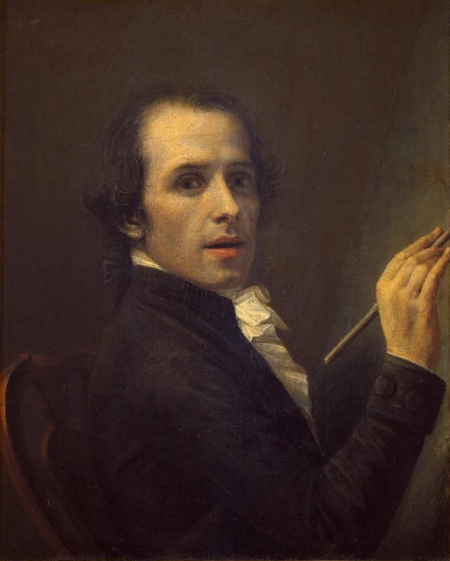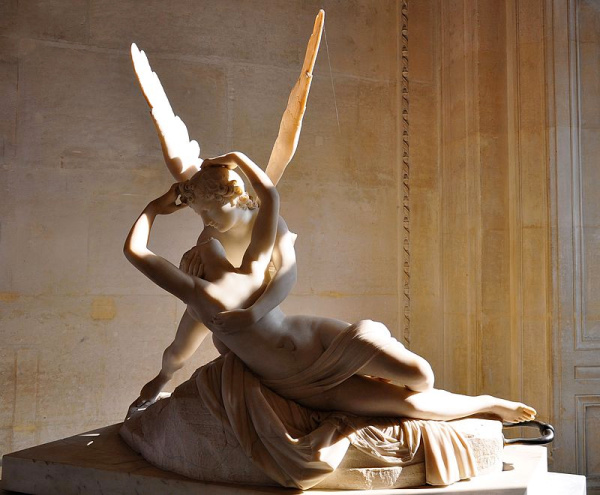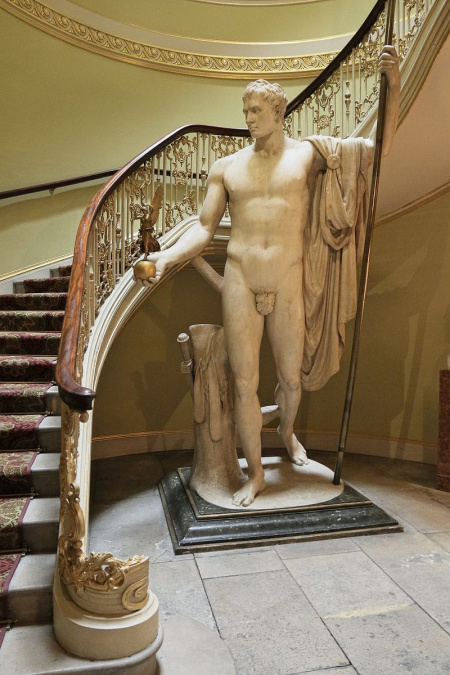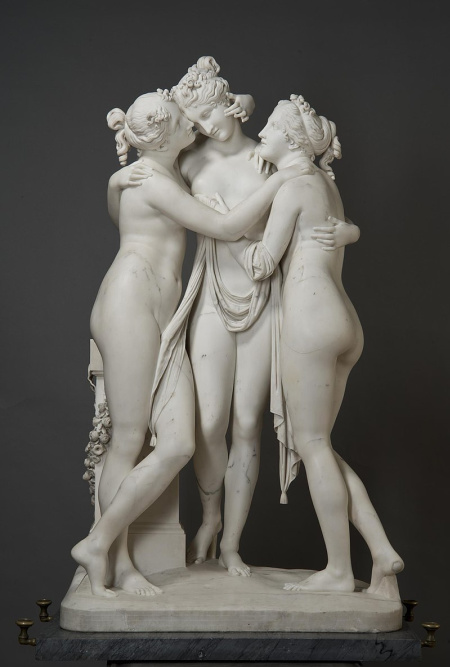The exquisite sculptures of Antonio Canova
The exquisite sculptures of Antonio Canova
The exquisite sculptures of Antonio Canova
-
Hannah
-
Hannah

Canova’s Venus Victrix (source)
While researching my novel Concerto, which is set on Lake Como in Italy, I became fascinated with the works of the sculptor Antonio Canova. The art museum housed at the Villa Carlotta in Tremezzo has several works by Canova and his school, and when I visited I was so moved by the beauty of the pieces. The Muse Terpsichore is really special – so special, in fact, that the man who commissioned the work, Sommariva, insisted on owning not only the marble statue but also the plaster model, to ensure no one else could own this stunning muse, whom he called ‘my bride… my delight’.

The Muse Terpsichore (source)
Canova was born in 1757 in the Venetian Republic. His grandfather, a stonemason, taught him all he knew, and eventually Canova would attend the Accademia di Belle Arti di Venezia (Academy of Fine Arts of Venice). Canova’s amazing talent soon drew attention, and following commissions and the inclusion of his works in exhibitions, he opened his own studio in Venice. Subsequently, he moved to Rome, where his star rose further.

Canova’s self-portrait, 1792 (source)
By the dawn of the 1800s, Canova’s marble sculptures had made him hugely famous and celebrated across all of Europe. He was, quite simply, the greatest Neoclassical artist. If you were of the elite – rich, powerful, titled, royal – Canova was the man you would want to create your sculpture.
Through the medium of marble, Canova drew on Roman and Greek mythology to create objects of great beauty. Here is Psyche Revived by Cupid’s Kiss, which dates to 1787 and was commissioned by a Welsh baron and keen art collector. It is in the collection in the Louvre, Paris. (Canova also made a second version of this piece for a Russian prince, and this can be seen at the Hermitage Museum in Saint Petersburg.)

Psyche Revived by Cupid’s Kiss (source)
The following sculpture was commissioned by the Venetian ambassador to Rome and was pivotal in Canova’s career because it so impressed his contemporaries and critics. Theseus and the Minotaur (1781–2) depicts a moment from Ovid’s Metamorphoses, just as Theseus has slain the Minotaur. The piece is now in the V&A collection in London.

Theseus and the Minotaur (source)
Perhaps Canova’s most famous commissions were for the Napoleon family. For Napoleon Bonaparte, emperor of France, Canova created Napoleon as Mars the Peacemaker, depicting Napoleon as Mars, who was in fact the Roman god of war. The statue was completed in 1806, but was rejected by Napoleon, who apparently thought he knew more about art than the very successful Canova. After the Battle of Waterloo, the British government bought the work, and then gave it to the Duke of Wellington. It is still on display in his London home, Apsley House, which today is a museum and gallery.

Napoleon as Mars the Peacemaker (source)
Another famous sculpture for the Napoleons was the Venus Victrix (1805–8). Commissioned by Camillo Borghese, 6th Prince of Sulmona, and never intended for public viewing, it depicts his wife Pauline Bonaparte as ‘Venus Victorious’. It is now displayed at the Galleria Borghese in Rome.

Venus Victrix (source)
Because I am such a romantic, my favourite of all of Canova’s works is Psyche Revived by Cupid’s Kiss. But I also love The Three Graces, which is a symbol of sisterhood: the daughters of the Greek god Zeus, known as the three Charities, embrace each other. The statue was commissioned by an English duke and created between 1814 and 1817. This version is now at the V&A in London, and another version is at the Hermitage Museum.

The Three Graces (source)
Canova was about as successful as one can be as an artist, and he was generous in using his wealth to support other, up-and-coming talents. When he died in 1822, much effort was made to honour the passing of this genius, and his memorial service echoed that held for Canova’s inspiration Michelangelo centuries before. He was laid to rest in his birthplace, Possagno, in the Temple of Canova – a hilltop church which he had been building to his own design, and which is his final, beautiful legacy in our world.

Temple of Canova (source)
Thanks for photos of the beautiful sculptures. I love artwork from long ago. My favorites are the ancient works I saw in Greece, Italy, and Spain. I was able to purchase a pocket watch with Czar Nicholas II on the face and a nautical carving on the reverse in Tallinn, Estonia. I also bought a Soviet officer’s white fur hat at the same shop. My son still has them. The watch is from some manufactured in 1909. There were some things that creeped me out. There were passports probably belonging to WWII victims as well as a photograph of Adolf… Read more »
Historical art has such meaning for us. Your travels sound fascinating – perhaps you could make a scrapbook to collate all your memories for your family.